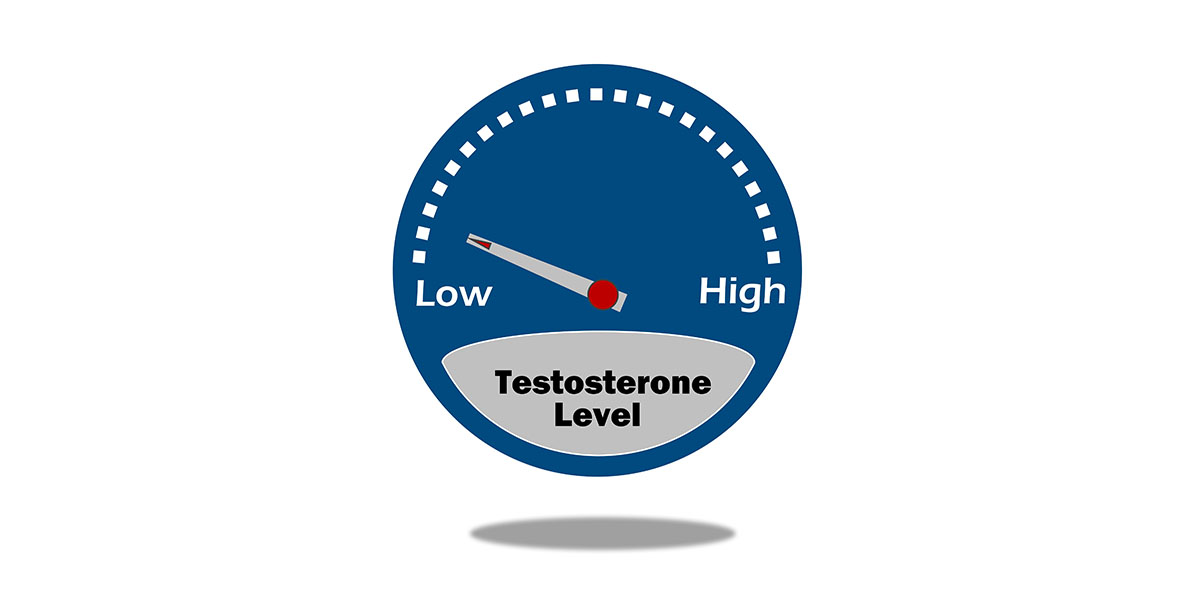madman
Super Moderator

Frequency of Testosterone-Induced Erythrocytosis in TRT
The following is a summary of “Prevalence and predictive factors of testosterone-induced erythrocytosis: a retrospective single center study,” published in the January 2025 issue of Endocrinology by Neidhart et al. Researchers conducted a retrospective study to analyze the prevalence and factors...
The following is a summary of “Prevalence and predictive factors of testosterone-induced erythrocytosis: a retrospective single center study,” published in the January 2025 issue of Endocrinology by Neidhart et al.
Researchers conducted a retrospective study to analyze the prevalence and factors associated with testosterone-induced erythrocytosis (TIE) among individuals undergoing testosterone replacement therapy (TRT).
They analyzed patients at Luzerner Kantonsspital (LUKS) who developed erythrocytosis after starting TRT in 2013. The clinical information system was queried for individuals with relevant ICD (international classification of diseases) codes for TRT, and data from electronic health records were reviewed. Of 952 individuals identified, 247 were included in the data analysis and 103 in the logistic regression analysis. Only patients with organic hypogonadism were considered, excluding those with functional hypogonadism due to comorbidities like diabetes or obesity.
The results showed that 247 patients were included, with a median age of 47.0 years (interquartile range (IQR) 32-60) and a median follow-up of 2.9 years (IQR 1.0-5.5). Central hypogonadism was the most common indication for TRT (51%), followed by primary hypogonadism (26%). The TRT was administered with testosterone undecanoate (TU) in 194 patients, testosterone enanthate (TE) in 18 patients, and testosterone gel in 35 patients. Hematocrit (HCT) values significantly increased at the last follow-up (LFU), with a +0.04 increase (95% CI [0.027, 0.050], P <0.0001) in all patients (n=92) and +0.06 (95%CI [0.031, 0.057], P <0.0001) in the TU group (n=71). At LFU, 57% of patients had HCT >0.46, 23% had HCT >0.5, and 5% had HCT >0.54. Of those with HCT >0.46, 46% reached the highest value within the first year of TRT. Logistic regression analysis revealed that body mass index (BMI) was significantly associated with HCT ≥0.5 (P =0.013) and HCT ≥0.46 (P =0.008). A baseline HCT measurement was also related to an HCT ≥0.46 (P =0.025), indicating that patients with higher initial values were more likely to develop TIE.
Investigators concluded that TIE was common and not limited to the first year of therapy, emphasizing the need for close monitoring of laboratory values during the first year, followed by annual checks, with baseline BMI and HCT measurements considered for risk stratification.
Source: frontiersin.org/journals/endocrinology/articles/10.3389/fendo.2024.14
















